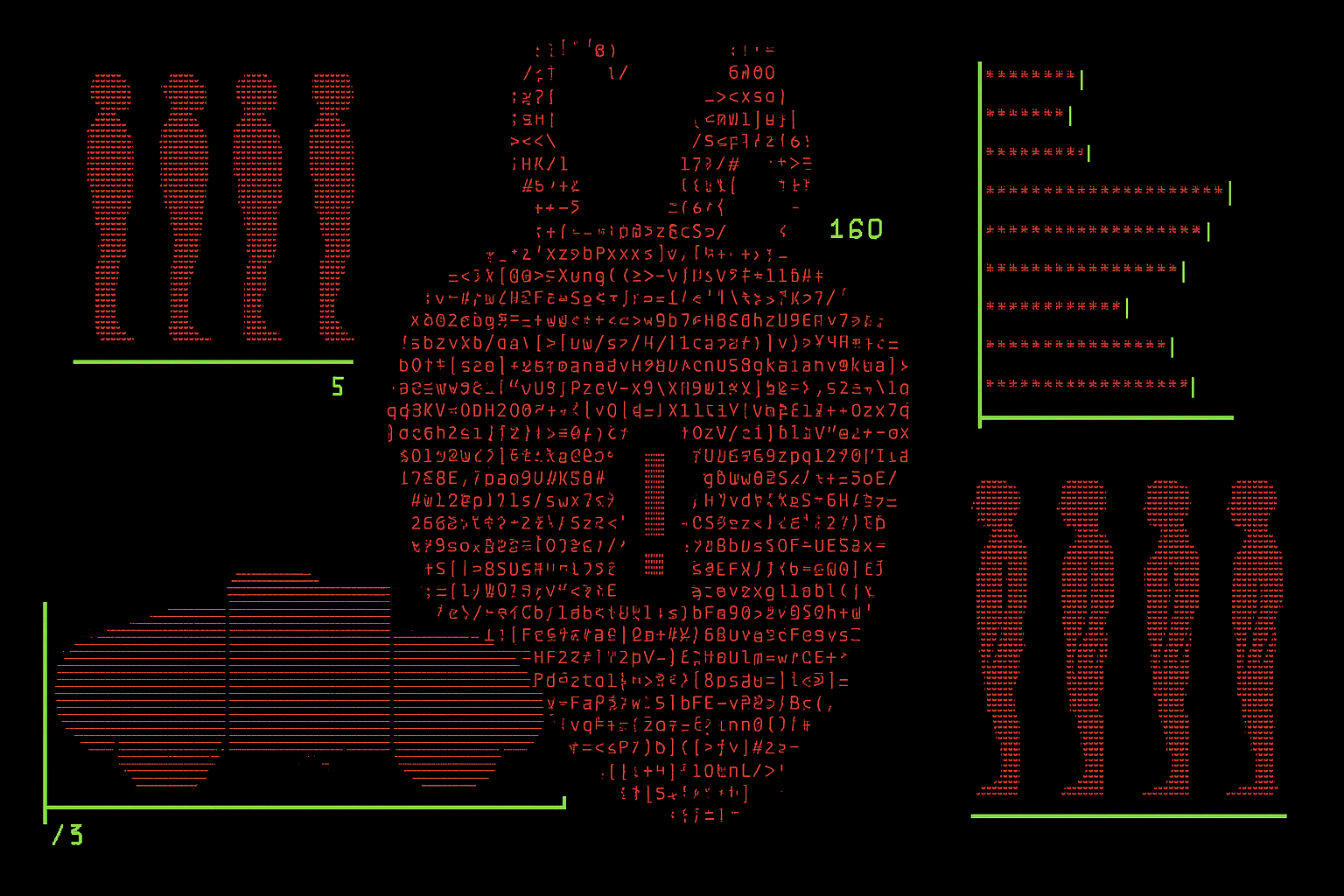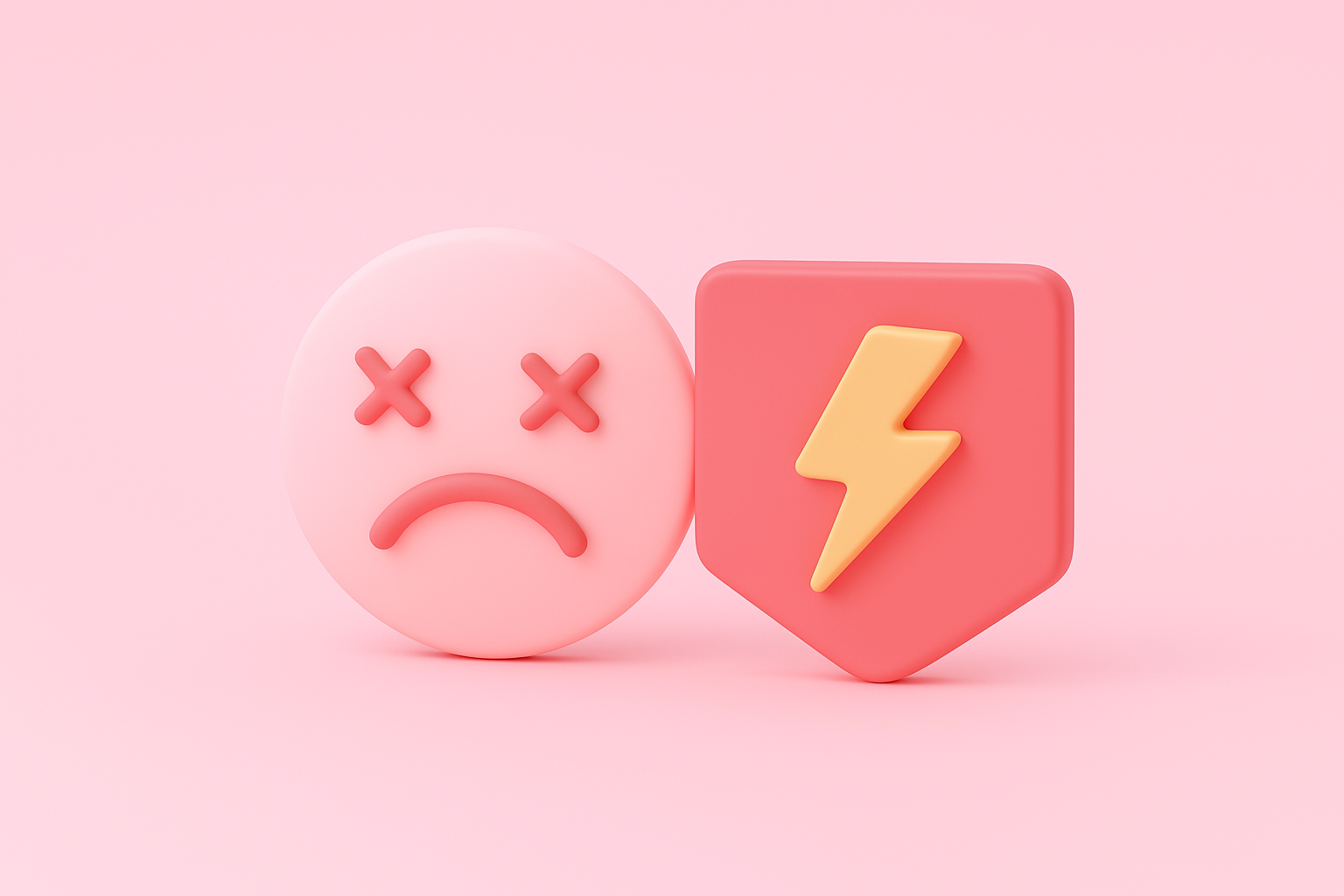Article

Reputation by Design: Preventing AI Nightmares with Transparent Interfaces and UX Ethics
AI has entered the boardrooms of Germany’s Mittelstand — promising new efficiencies, smarter decision-making, and competitive differentiation. But for companies built on decades of trust and craftsmanship, the reputational stakes are high.
One false prediction. One opaque decision. One customer experience that feels “creepy” instead of helpful — and that legacy of reliability can unravel fast.
As AI becomes embedded in more products and processes, the way it’s designed — not just how it performs — will define whether it strengthens or endangers a company’s reputation.
When AI Fails, It’s the Brand That Pays
From predictive pricing to automated service to quality control systems — AI decisions are increasingly influencing customer and stakeholder experiences. But unlike traditional tech errors, AI failures are often harder to detect, explain, and fix.
That’s why trust — not just accuracy — is the new frontier of product design.
Four Design Principles to Protect Your Reputation in the Age of AI
1. Design for Explainability, Not Just Accuracy
Black-box models may impress technically, but they raise red flags for users, regulators, and even internal teams.
- Use explainable AI models where possible — especially in B2B or regulated environments.
- Integrate “Why did I get this result?” features in customer interfaces.
- Offer layered explanations — from simple summaries for users to detailed logs for auditors.
When users understand the system’s logic, trust follows — even if the answer isn’t perfect.
2. Surface Human Oversight Intentionally
People trust systems more when they know a human can intervene.
- Show who’s reviewing AI outcomes (e.g., “Final review by your service expert”).
- Make escalation paths visible and frictionless.
- Highlight where automation ends and human judgment begins.
This is especially vital in sectors like healthcare, financial services, and energy — where AI should support, not replace, expertise.
3. Avoid ‘Overpersonalization’ That Feels Invasive
Just because you can personalize doesn’t mean you always should.
- Let users control how much data they share and what the system “knows” about them.
- Offer privacy settings with simple language and visuals.
- Use personalization transparently — explain the benefit and allow easy adjustments.
The Mittelstand thrives on personal service. Your AI should feel like a trusted assistant — not a surveillance tool.
4. Prototype for Ethics, Not Just Usability
Ethical foresight is now a design responsibility. At TrueNode, we use design sprints that include “reputational risk lenses” — helping teams foresee unintended consequences before launch.
Consider questions like:
- Could this feature unintentionally discriminate?
- What’s the worst-case misuse scenario?
- How would this look on the front page of Handelsblatt?
Ethical UX doesn’t slow innovation — it protects it.

Case Snapshot: Designing for Trust in AI-Powered Interfaces
In our collaborations with German B2B software providers and manufacturing clients, we’ve seen how product trustworthiness is becoming a strategic advantage.
When deploying AI-driven recommendations, anomaly detection, or automated decision tools, Mittelstand companies are now:
- Including confidence indicators in dashboards to contextualize suggestions
- Providing manual override controls with logging for critical actions
- Running internal ethics checks with stakeholders from IT, legal, and operations before going live
These practices help maintain stakeholder alignment and ensure new AI features reinforce — not undermine — brand equity built over generations.
Final Thought: You Don’t Just Build Trust — You Design for It
In an age where AI can go viral for all the wrong reasons, reputation isn’t just shaped by marketing. It’s shaped by the micro-interactions users have with your systems — and how those systems behave when things get complex.
At TrueNode, we work with Mittelstand teams to turn ethics and transparency into competitive strengths. Because in the future, trust will be your best technology.






